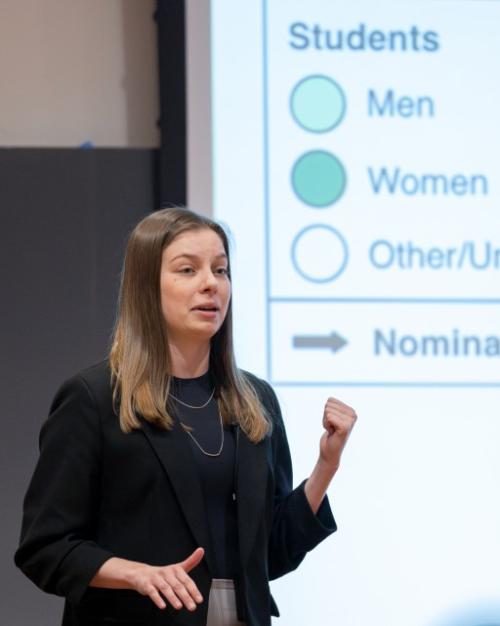

 Department Homepage
The College of Arts & Sciences
Department Homepage
The College of Arts & Sciences
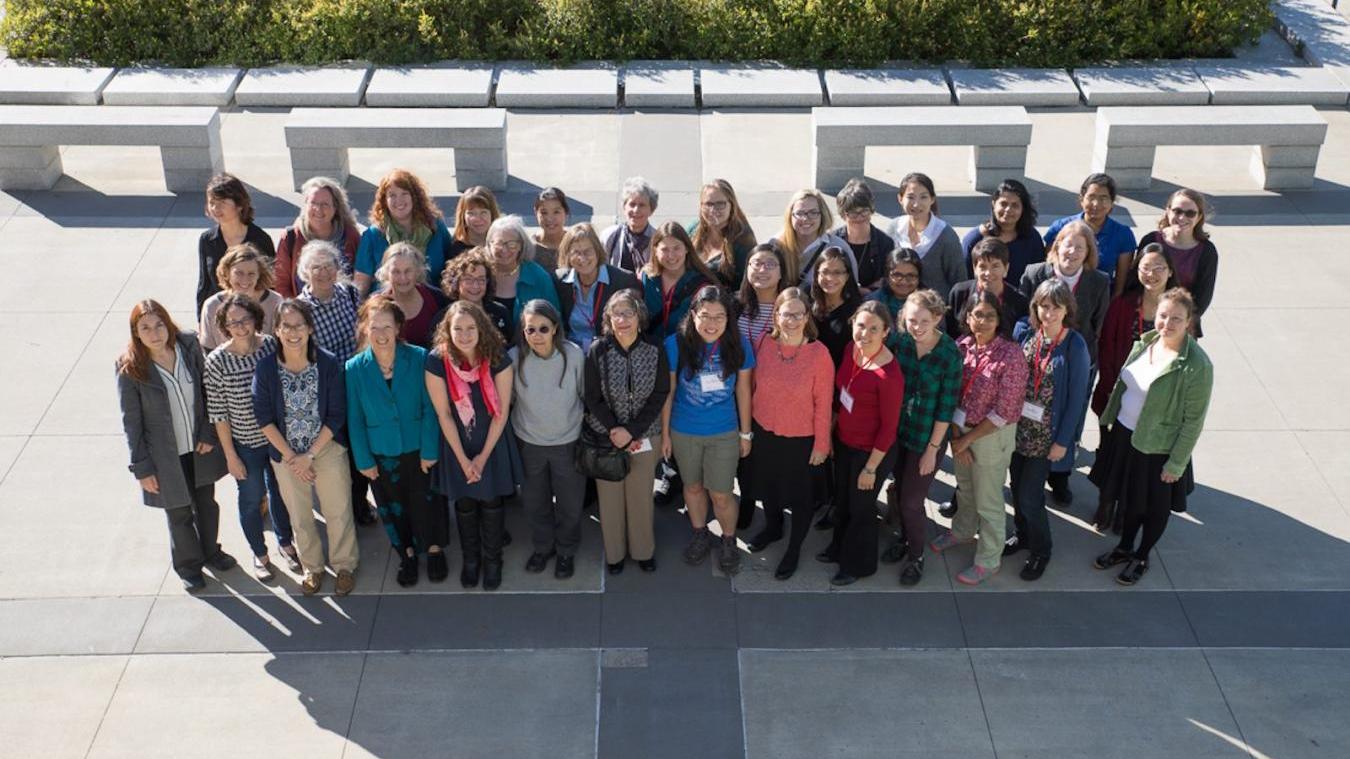
Join our mailing list
Women in Physics and Related Fields (WiP+) is an informal group supporting women and gender minorities in the fields of Physics, Astronomy, Applied and Engineering Physics, Biophysics, and other related fields. Everyone, of any gender, ranging from prospective majors through faculty and staff, is invited to participate. This is the current incarnation of the first women in physics group that was started here at Cornell in the fall of 1976.
Gallery WiP+ in the News Student Spotlights Resources Articles & More History |
Every other Friday from 3:30-4:30pm in PSB 403.
Done for the semester!
Schedule may change for next semester.
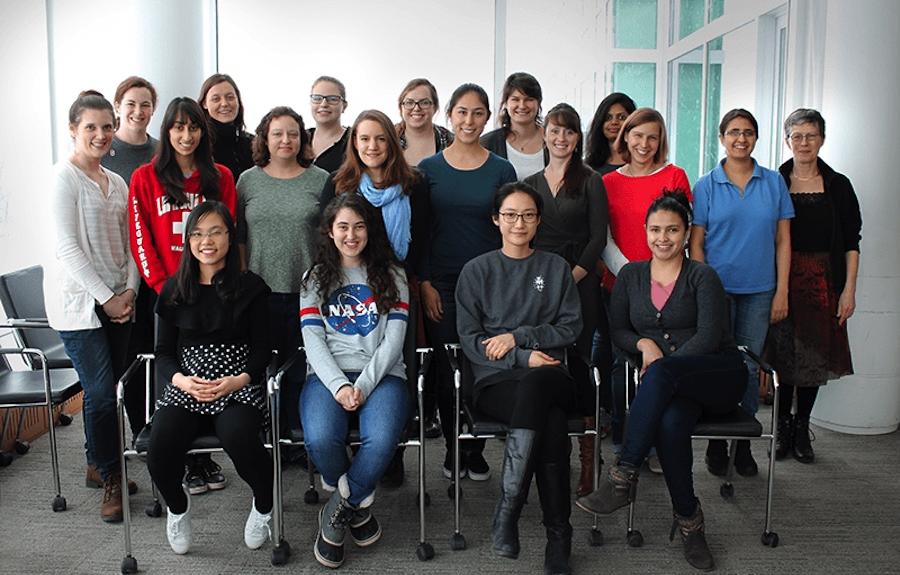
Students, faculty, and staff gathered at a WiP+ lunch.
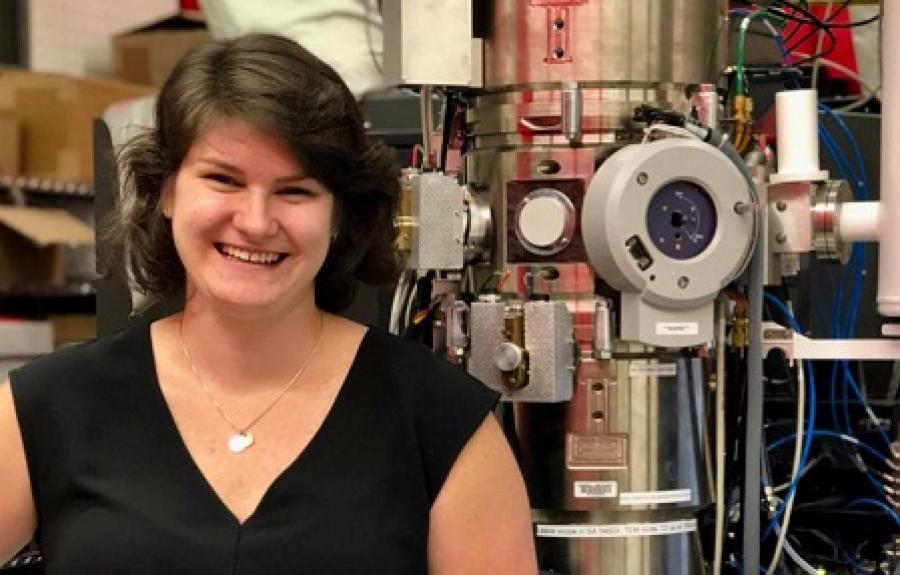
With the electron microscope while a member of the Kourkoutis Electron Microscopy Group.
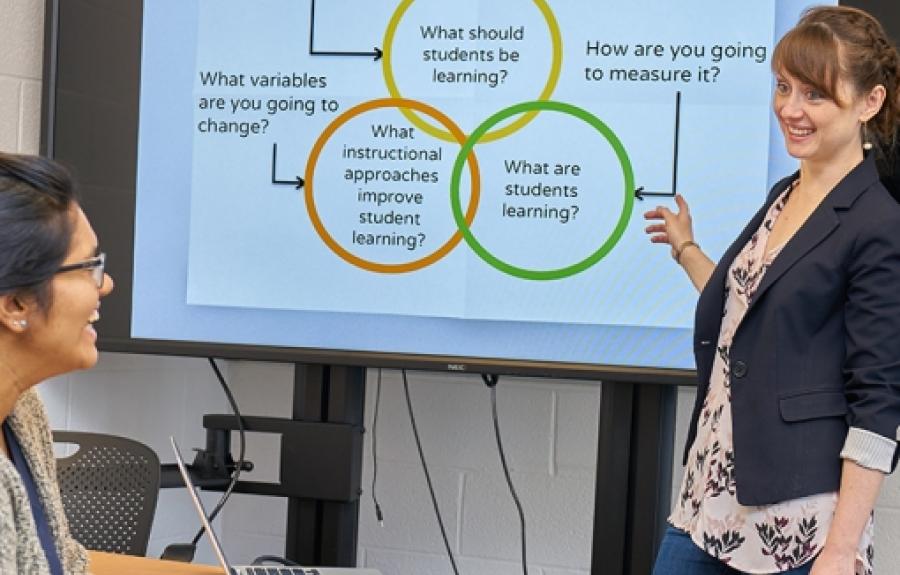
Associate Professor of Physics
Natasha Holmes is a physicist who studies how people learn physics.
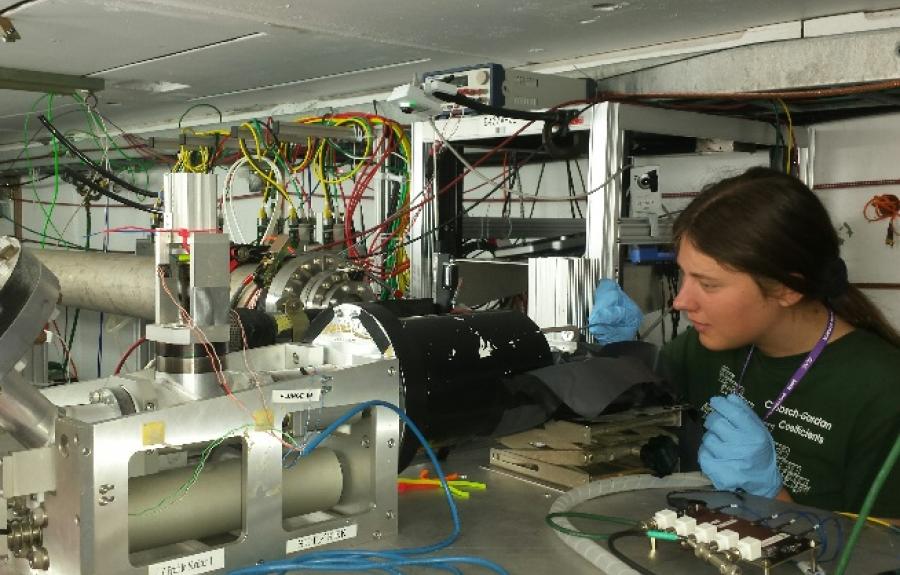
Working at SLAC while a graduate student in the Cornell Physics Department. She is now an Assistant Teaching Professor at Seattle University.
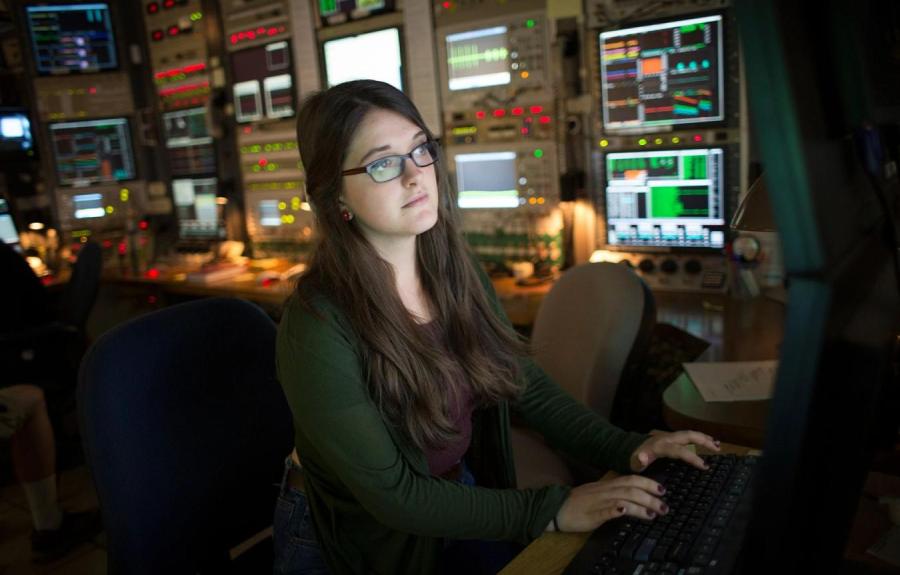
Naomi Gendler working at her station in the Wilson Synchrotron Laboratory while a visiting continuing education student in physics and participant in the CLASSE Research Experience for Undergraduates program. She is now a postdoctoral fellow in the Physics Department at Harvard University.
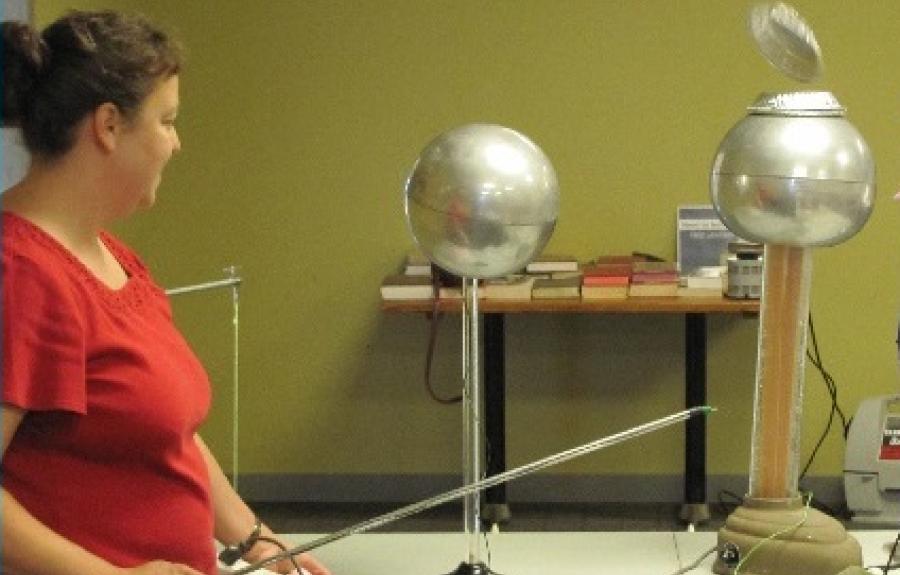
Staff Member in the Department of Physics demonstrates static electricity with a Van de Graaff generator at a outreach event at IC3 summer camp.
"New postage stamp honors trailblazing 'First Lady of Physics.'" NBC News. 2/11/2021
"She made the discovery, but a man got the Nobel. A half-century later, she’s won a $3 million prize." The Washington Post. 9/8/2018.
"Three major physics discoveries and counting." Quanta Magazine. 7/18/18.
"Dark Matter Pioneer, Rubin ’51, Dies at 88." The Cornell Daily Sun. 12/28/16.
"The Bright Face Behind the Dark Side of Galaxies." Science. 2.8.02.
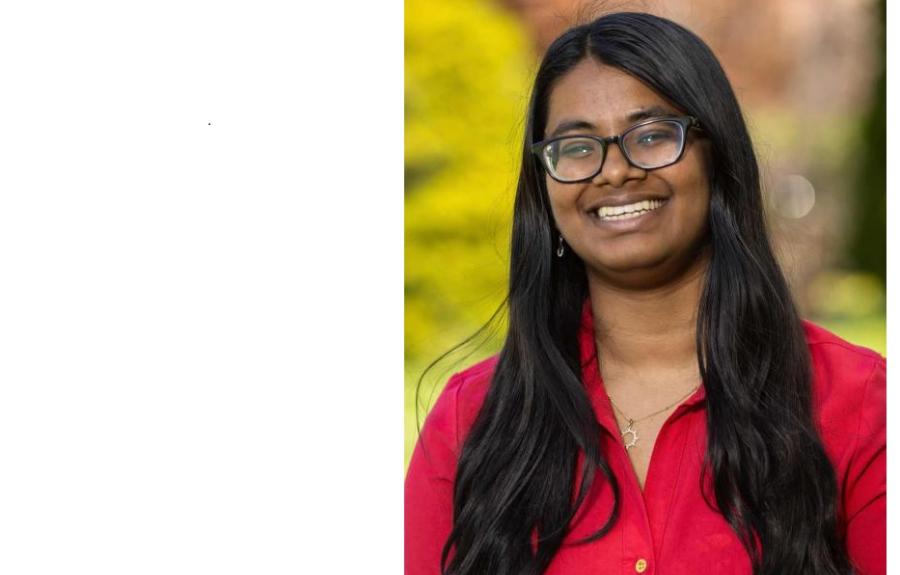
Devisree Tallapeneni: "I learned to build expertise in new sub-fields from scratch" Read more about her here.
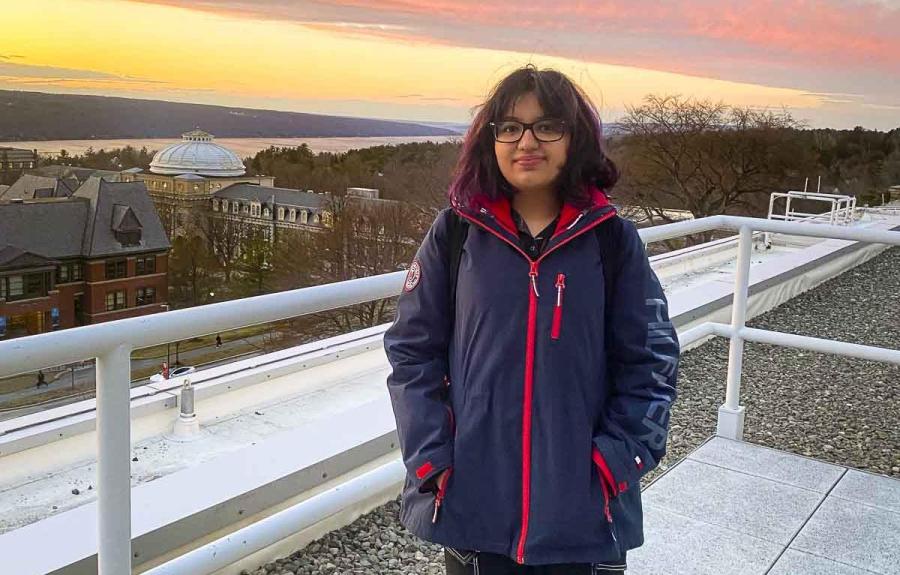
Ariel Baksh: "Be persistent, be passionate, and be true" Read her story here.
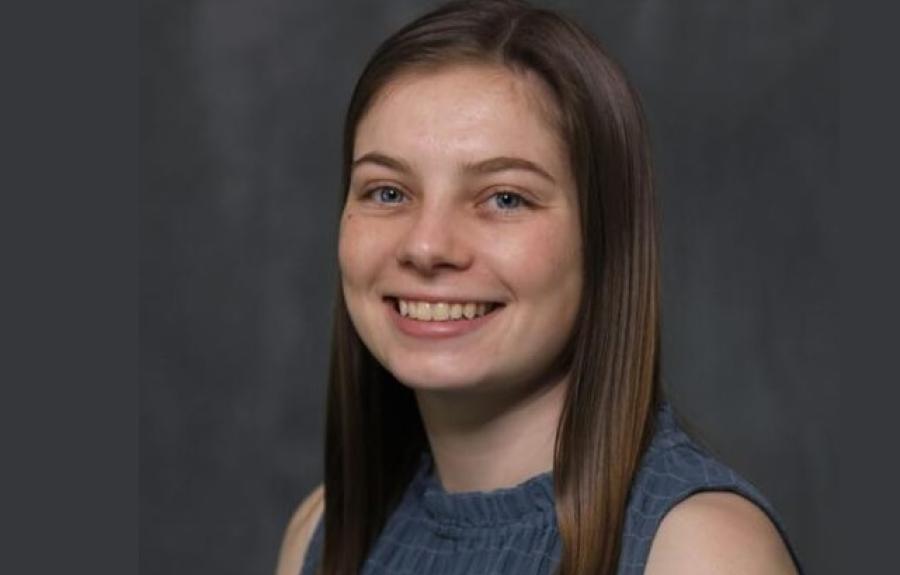
Meagan Sundstrom is a doctoral candidate in physics from Walpole, Massachusetts. She earned her B.S. in mathematics-physics from the University of Connecticut and now studies the role of gender in physics education under the guidance of Natasha Holmes at Cornell. Read more about her here.
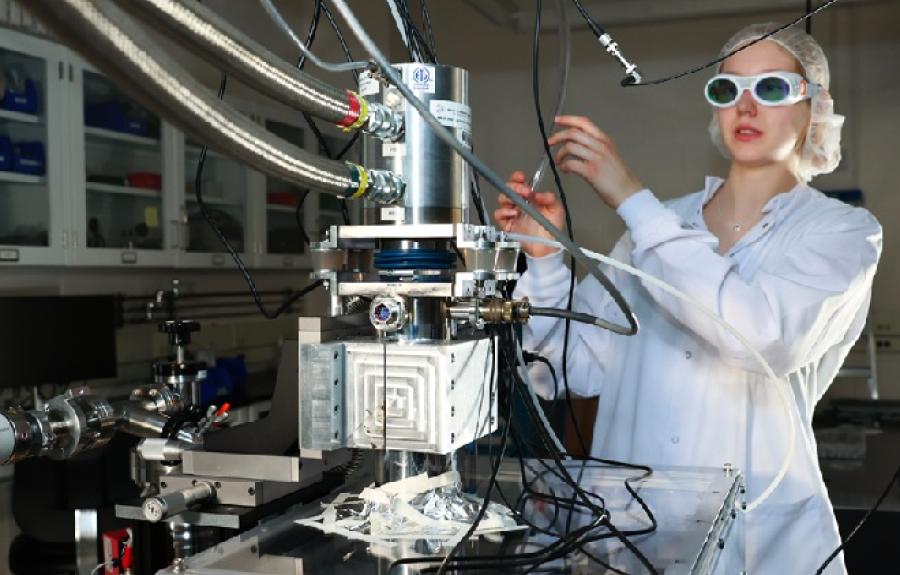
Eleanor Richard: "Through my research and participation in the Cornell triathlon team – including two Olympic-distance triathlon competitions – I have learned that it’s important to persevere even when things get difficult. We are all capable of so much more than we believe.” Read more about Eleanor here.
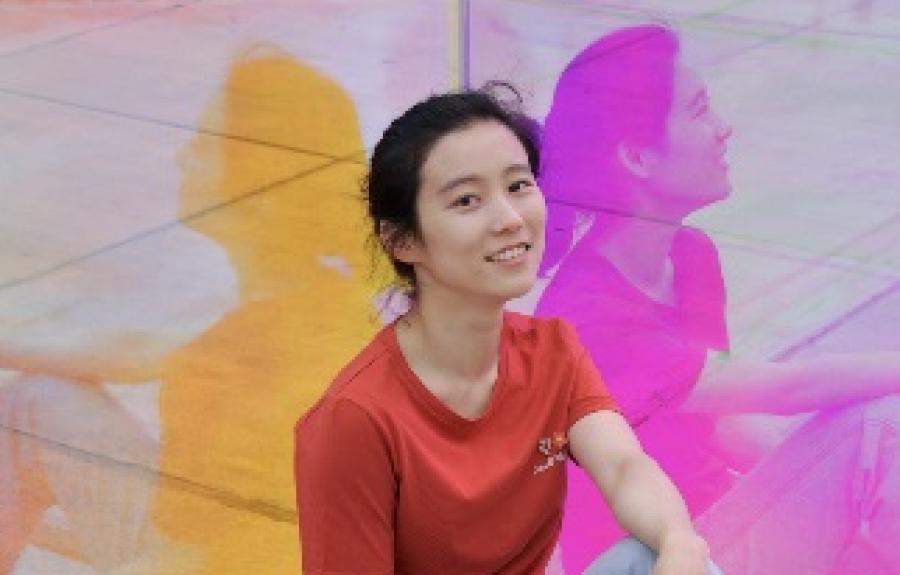
Zui Tao: "Before I went to college I imagined I would finish my four years, get my degree, and go to work for a company. I didn’t think about going on to get a Ph.D. But then, as I learned more about physics, it became clear to me that I wanted to go deeper and learn more and do research." Read more here.